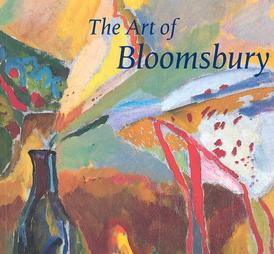“The Art of Bloomsbury” was meant to be a gently engaging exhibition devoted to the work of Roger Fry, Vanessa Bell and Duncan Grant, who between them made an interesting if ultimately slight contribution to early modern art in England. That was the theory, anyway. But when the show opened at the Tate Gallery in London, at the end of last year, the theory went out of the window. This apparently modest enterprise sent the English community of art critics (admittedly never the most stable group of individuals) into extraordinary paroxysms of rage and fury. Their collective delirium of disgust resulted in a peculiarly English controversy, and some of the most entertainingly hostile reviews published in recent memory.
Waldemar Janusczak, art critic for the Sunday Times, could hardly bear to write about the show he hated it so much (“Bloomsbury. Just tapping in these 10 tedious letters has brought on a severe attack of RSI”) although he was happy enough “to recap briefly the reasons why we abhor the Bloomsbury bunch. Yes, they were snobs. Yes, they had the morals of a chimpanzee. Yes, they painted like chimpanzees.” Pursuing this simian metaphor, Brian Sewell in the London Evening Standard described the Bloomsbury artists as belonging to “the monkey-see, monkey-do school of painting”. Adrian Searle, writing in the Guardian, was if anything even blunter in his disapprobation: “the Bloomsbury painters were, as we critics put it, just a bit crap”; while Tom Lubbock, in the Independent, used the same unusually forthright comparison, declaring the paintings of Duncan Grant to constitute no more than a form of pictorial excrement.
Rarely can so much mud, and worse, have been flung in the direction of so many apparently inoffensive portraits, still lifes and landscapes. It is impossible to...


